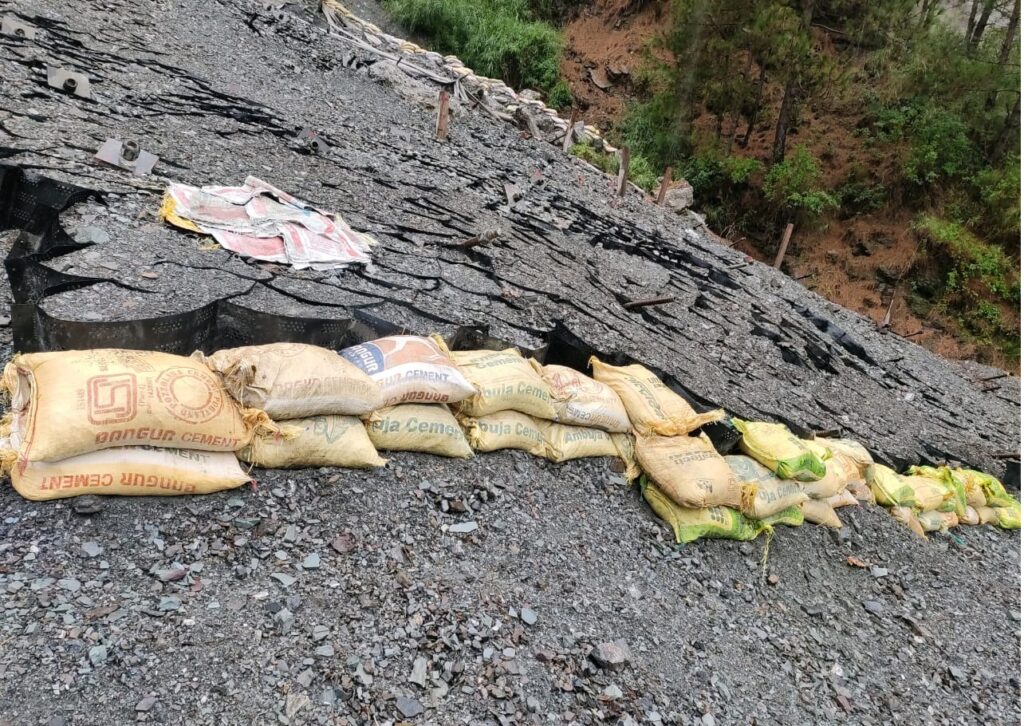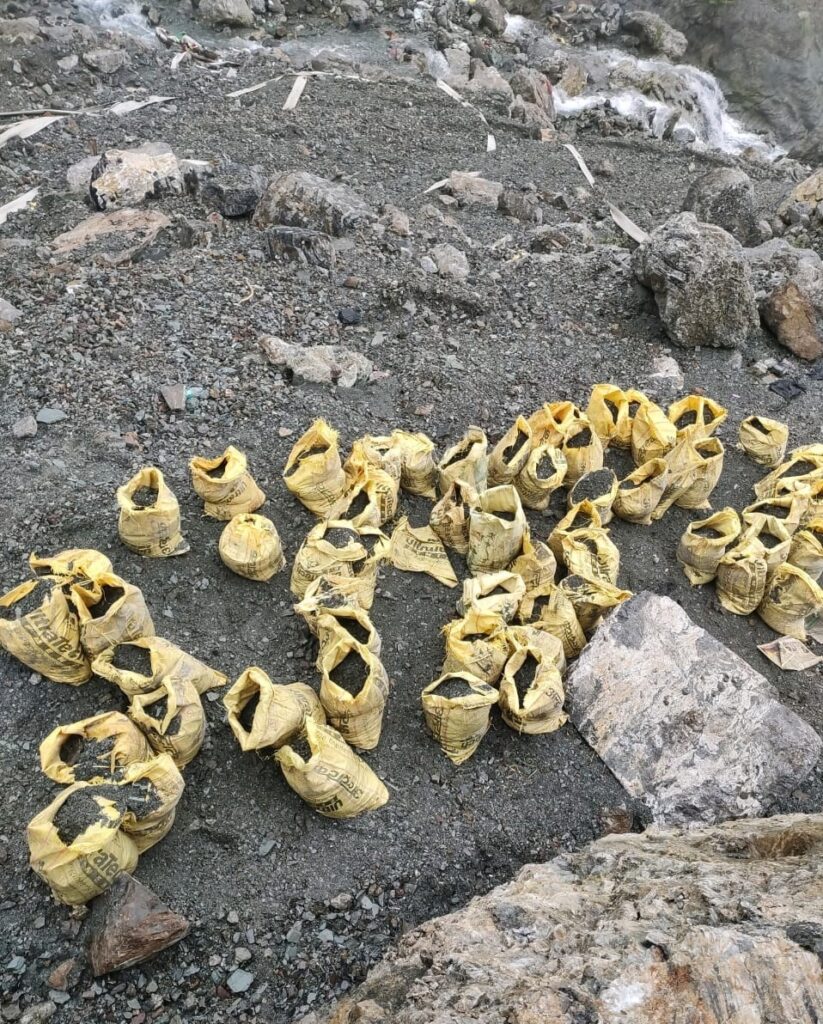Core Infrastructure Projects
Concrete cracks! That is the truth. Despite modern construction technology breakthroughs, concrete structures crack in unexpected areas due to structure sinking and ground subsidence.
It’s a fact that structural cracks seriously threaten the structure’s strength, while non-structural cracks allow water ingress.
Grouting is the process of injecting a cement slurry into the ground. This is typically done to reinforce an existing structure, such as a foundation or tunnel.
Grouting is frequently required in core infrastructure projects, such as tunnels and bridges, due to their age and proximity to water sources. The aging process can cause cracks in concrete structures like tunnels and bridges, which can lead to leaks if they are not repaired properly.

Advantages
- Grout is strong and durable, providing strength and resilience under pressure.
- Grout has excellent compressive strength, making it ideal for use in load-bearing applications like roads, bridges, dams, and tunnels.
- Grout can be used to fill gaps between rocks or other materials that are difficult to work with (such as sand), making it useful for filling voids in concrete structures like bridges or dams
- It is fast, efficient, and cost-effective. Grouting can also be used in situations where other methods would not work well. For example, grout works well in areas where there are high levels of moisture—such as underwater construction sites—because it does not absorb water as concrete does.
- Minimal Disruption: The work can be done while you continue to use your building as usual—no need to shut down operations or close off areas of your building for long periods of time.
Ideal Solution:
Injection grout is the ideal solution to seal active water leaks and prevent shrinkage and expansion of non-structural issues.
Grouting in core infrastructure projects is typically done by injecting cement-based grout.

There are three main types of grouting: open-hole, closed-hole, and pressure grouting. Open-hole grouting involves the use of a hand tool to inject grout into cracks in concrete. Closed-hole grouting is similar, but instead of injecting the grout with a tool, it’s injected through steel pipes or shot crete hoses. Pressure grouting involves pumping water or air under pressure into cracks in concrete as well as into voids created by drilling holes.
When you need to ensure that your core infrastructure projects are completed on time and on budget, you know that your team needs to be able to deliver quality work. At Geo Constech, we’ve been delivering grouting services in core infrastructure projects for years, and we know how to get the job done right!
